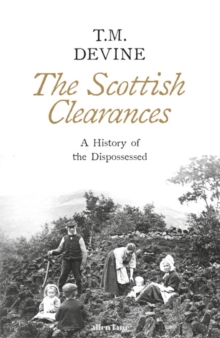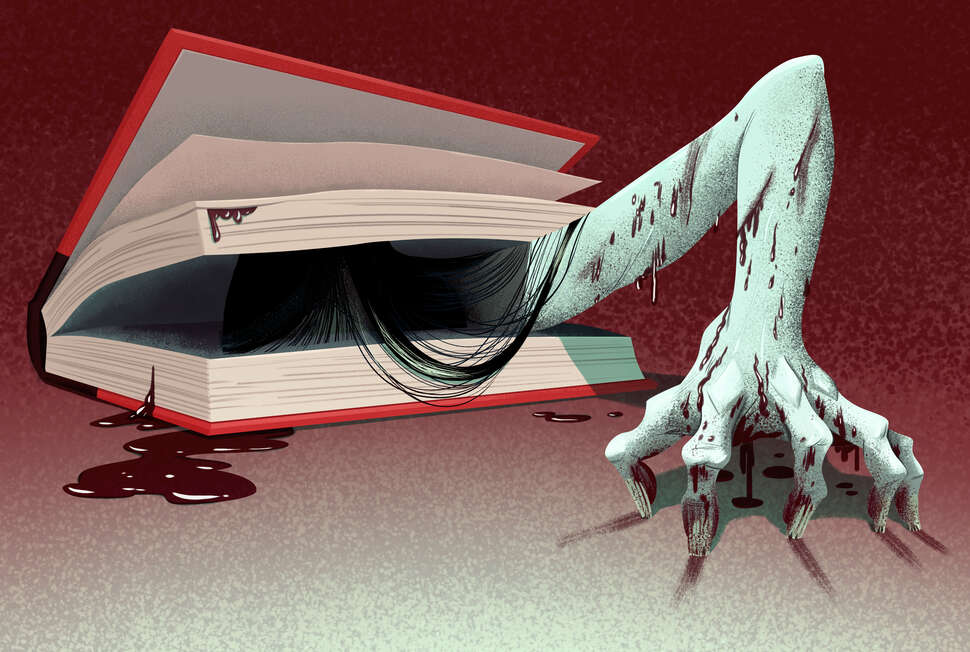Eduardo de Mesa’s tome on Irish soldiers that served in Habsburg Spain’s armies succeeds on at least five levels. First, it establishes a significant (and convincing) revisionist position on the military revolution. Second, this work constitutes a contribution to the literature on early modern European identity. Third, de Mesa makes accessible a trove of archival evidence. Fourth, readers with interests beyond Ireland’s shores and the Spanish Road will find insights illuminating the broader topography of the early modern world. Finally, the book advances the historiography that underscores Ireland’s importance in the early modern state-system.
Medieval historians have long recognized that although on the geographical periphery of Europe, Ireland occupied a central place in letters, theology and culture. Early modernists increasingly have appreciated the reach and relevance of the Irish. As de Mesa documents, Irish arms were, in certain well-defined periods, instrumental in preserving the fortunes of the Catholic Crusade against Protestantism and in championing the survival of the House of Habsburg. The book’s conclusion makes clear how political and military reverberations from Ireland affected Habsburg strategy.
















